Überblick
The valley of Musawwarat es-Sufra, with its numerous temples and other built structures, was one of the primary ceremonial centres of the Kingdom of Kush. It is today a major national heritage site in Sudan and part of the ‘Archaeological Sites of the Island of Meroe’ UNESCO World Heritage site. Research and preservation efforts have long focused on the monumental built structures as part of the Kushite state’s symbolic landscape. A new collaborative archaeology project aims to complement, and counter, this perspective by focusing on the lifeways of past and present pastoralist populations in the drylands of the Musawwarat region.
Based on a research partnership with members of the local pastoralist communities, who have long been involved in the study and preservation of Musawwarat as workmen and guards, we explore materialities of pastoralism between archaeology, heritage and development. On the one hand, the project integrates local perspectives into the study and interpretation of the valley of Musawwaret, and on the other hand, it brings into focus potential actors at the ancient ceremonial site, namely pastoralist populations of the extensive hinterland of the Nile.

